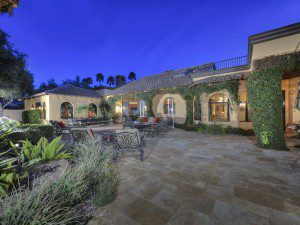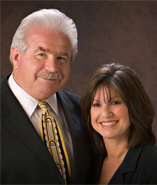
Whether for care-giving, cultural, or economic reasons, more American families are sharing a home.
In 2013, 21 percent of U.S. households were shared, according to a Fannie Mae study — including multiple generations (grandparents, adult children, and their children) or families of the same generation living together.
The low for multigenerational households in the U.S. was 12 percent in 1980, the researchers noted.
Two homes in one
These statistics represent a shift for the housing industry.
A survey by John Burns Real Estate Consulting shows the impact of this trend. Forty-four percent of home shoppers would like to accommodate elderly parents in their next home; 42 percent plan to house adult children.
Home builders are “acting on a clear multigenerational wish list,” reports CNBC’s Diana Olick. Separate entrances, main-floor bedroom suites with private kitchenettes and living spaces, and separate outdoor spaces are priorities. “The idea is that the family can live under one roof, but not entirely together,” she says.
The International Builders’ Show in January showcased homes designed to accommodate more than one family or help homeowners earn extra income. One 5,200-square-foot concept home from Element Design Build featured a separate second-floor unit to accommodate adult children or aging parents.
Another model, from Pardee Homes, a TRI Pointe company, included two guest suites that can be rented on home-sharing sites such as Airbnb. The suites include separate entrances and small kitchenettes.
A TRI Pointe survey found that 35 percent of young adults say they want to be able to rent out space in their homes, at least occasionally. “A lot of their motivation for doing that is to make the financial step of buying their home more doable,” Linda Mamet, vice president of corporate marketing at TRI Pointe, told The Wall Street Journal.
All-in-one mortgage
But they still need a mortgage.
Fannie Mae analyzed household demographic and loan performance data to understand how American households were changing, and whether mortgage lending rules should be adjusted.
Based on the team’s research, Fannie Mae introduced the HomeReady mortgage in January, which lets lenders consider additional income – such as from extended household members or boarders – to help the borrower qualify. HomeReady also allows buyers to put as little as 3 percent down, eliminating the top barrier (along with credit score) cited by many young renters aspiring to buy a home.
“HomeReady challenges tradition by offering an innovative new feature that supports extended households,” says Jonathan Lawless, vice president of underwriting, pricing, and capital markets at Fannie Mae.
Stepping up nicely
Whether it’s a mortgage that considers income in new ways or a layout conducive to taking care of Granny or accommodating renters, it’s clear the housing industry is scrambling to meet the needs of today’s shared households.
“In this industry, when somebody does something successful, everybody jumps in,” John Burns of John Burns Real Estate Consulting told CNBC.
Please note that this Scottsdale Real Estate Blog is for informational purposes and not intended to take the place of a licensed Scottsdale Real Estate Agent. The Szabo Group offers first class real estate services to clients in the Scottsdale Greater Phoenix Metropolitan Area in the buying and selling of Luxury homes in Arizona. Award winning Realtors and Re/MAX top producers and best real estate agent for Luxury Homes in Scottsdale, The Szabo group delivers experience, knowledge, dedication and proven results. Contact Joe Szabo at 480.688.2020, info@ScottsdaleRealEstateTeam.com or visit www.scottsdalerealestateteam.com to find out more about Scottsdale Homes for Sale and Estates for Sale in Scottsdale and to search the Scottsdale MLS for Scottsdale Home Listings.



